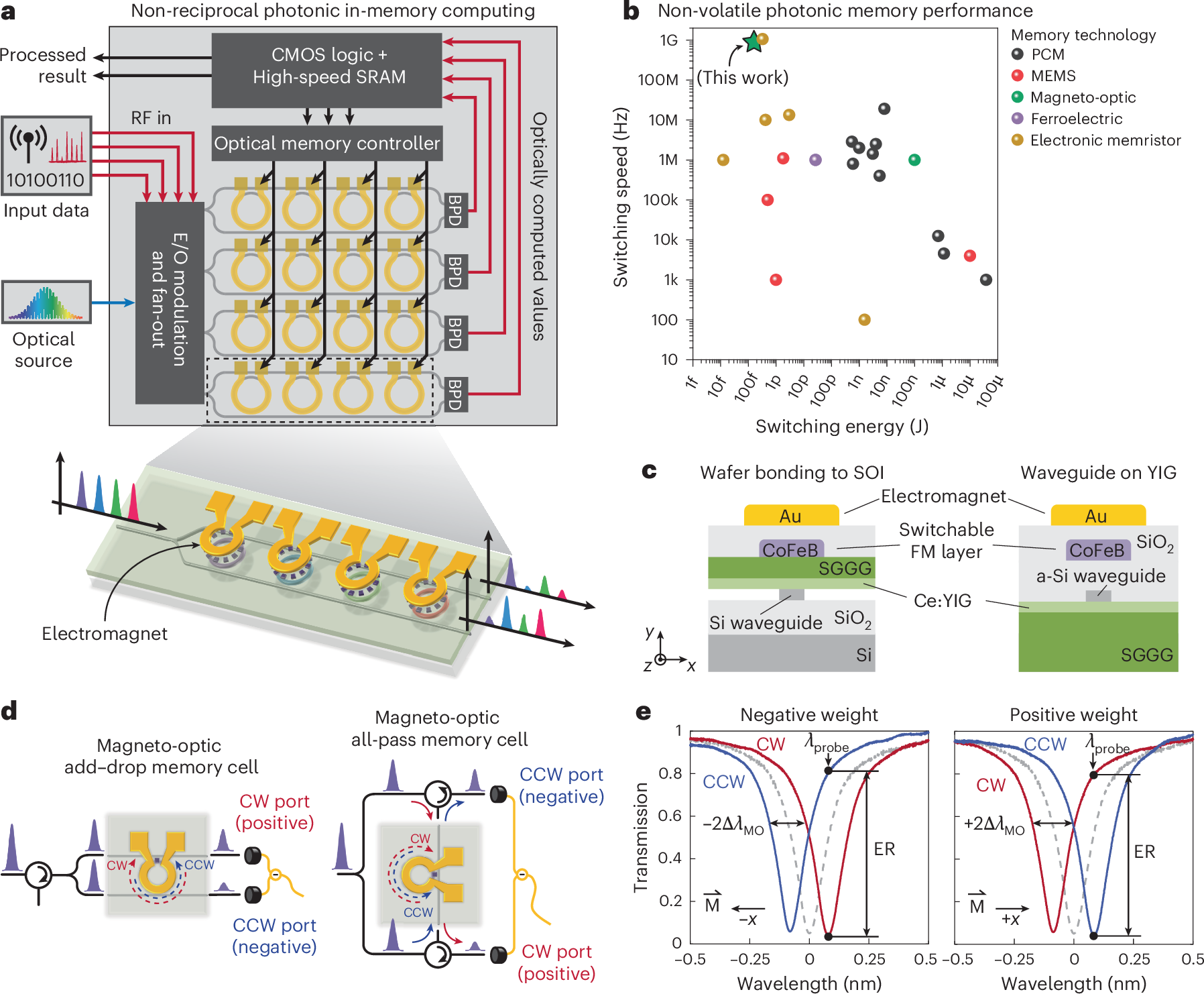2024-11-05 アメリカ合衆国・プリンストンプラズマ物理学研究所 (PPPL)
<関連情報>
- https://www.pppl.gov/news/2024/ensuring-bright-future-diamond-electronics-and-sensors
- https://www.sciencedirect.com/science/article/abs/pii/S0925963524007908?via%3Dihub
- https://onlinelibrary.wiley.com/doi/10.1002/admi.202400242
表面反応の量子化学モデルとダイヤモンド成長の動力学モデル: 低温CVDにおけるCH3ラジカルとC2H2分子の影響 Quantum chemistry model of surface reactions and kinetic model of diamond growth: Effects of CH3 radicals and C2H2 molecules at low-temperatures CVD
Yu. Barsukov, I.D. Kaganovich, M. Mokrov, A. Khrabry
Diamond and Related Materials Available online: 6 September 2024
DOI:https://doi.org/10.1016/j.diamond.2024.111577
Graphical abstract

Abstract
The objective of this study is to explore conditions that facilitate a significant reduction in substrate temperature during diamond growth. The typical temperature for this process is around 1200 K; we aim to reduce it to a much lower level. To achieve this, we need to understand processes that limit the diamond growth at low temperatures. Therefore, we developed a detailed chemical kinetic model to analyze diamond growth on the (100) surface. This model accounts for variations in substrate temperature and gas composition. Using an ab initio quantum chemistry, we calculated the reaction rates of all major gas phase reactants with the diamond surface, totaling 91 elemental surface reactions. Based on this comprehensive model, we developed a reduced model consisting of 8 reactions. This reduction enabled us to derive an analytical equation that describes the rate of diamond growth across a broad range of temperatures involving CH3, H, H2, and C2H2 reactants. Consistent with previous studies, the model identifies that CH3 is a major precursor of diamond growth, and the contribution from C2H2 to the growth is significantly smaller. However, C2H2 can also contribute to forming a sp2-phase instead of a sp3-phase, and this process becomes dominant below a critical temperature. As a result, C2H2 flux inhibits diamond growth at low temperatures. To quantify this deleterious process, we developed a new mechanism for sp2-phase nucleation on the (100) surface. Similar to the so-called HACA mechanism for soot formation it involves hydrogen abstraction and C2H2 addition. Consequently, optimal low-temperature CVD growth could be realized in a reactor designed to maximize the CH3 radical production, while minimizing the generation of C2H2 and other sp. and sp2 hydrocarbons.
ダイヤモンドの水素終端の色中心を維持する方法 Methods for Color Center Preserving Hydrogen-Termination of Diamond
Daniel J. McCloskey, Daniel Roberts, Lila V. H. Rodgers, Yuri Barsukov, Igor D. Kaganovich, David A. Simpson, Nathalie P. de Leon, Alastair Stacey, Nikolai Dontschuk
Advanced Materials Interfaces Published: 11 July 2024
DOI:https://doi.org/10.1002/admi.202400242

Abstract
Chemical functionalization of diamond surfaces by hydrogen is an important method for controlling the charge state of near-surface fluorescent color centers, an essential process in fabricating devices such as diamond field-effect transistors and chemical sensors, and a required first step for realizing families of more complex terminations through subsequent chemical processing. In all these cases, termination is typically achieved using hydrogen plasma sources that can etch or damage the diamond, as well as deposited materials or embedded color centers. This work explores alternative methods for lower-damage hydrogenation of diamond surfaces, specifically the annealing of diamond samples in high-purity, non-explosive mixtures of nitrogen and hydrogen gas, and the exposure of samples to microwave hydrogen plasmas in the absence of intentional stage heating. The effectiveness of these methods are characterized by x-ray photoelectron spectroscopy (XPS), and comparison of the results to density-functional modelling of the surface hydrogenation energetics implicates surface oxygen ligands as the primary factor limiting the termination quality of annealed samples. Finally, photoluminescence (PL) spectroscopy is used to verify that both the annealing and reduced sample temperature plasma methods are non-destructive to near-surface ensembles of nitrogen-vacancy (NV) centers, in stark contrast to plasma treatments that use heated sample stages.



